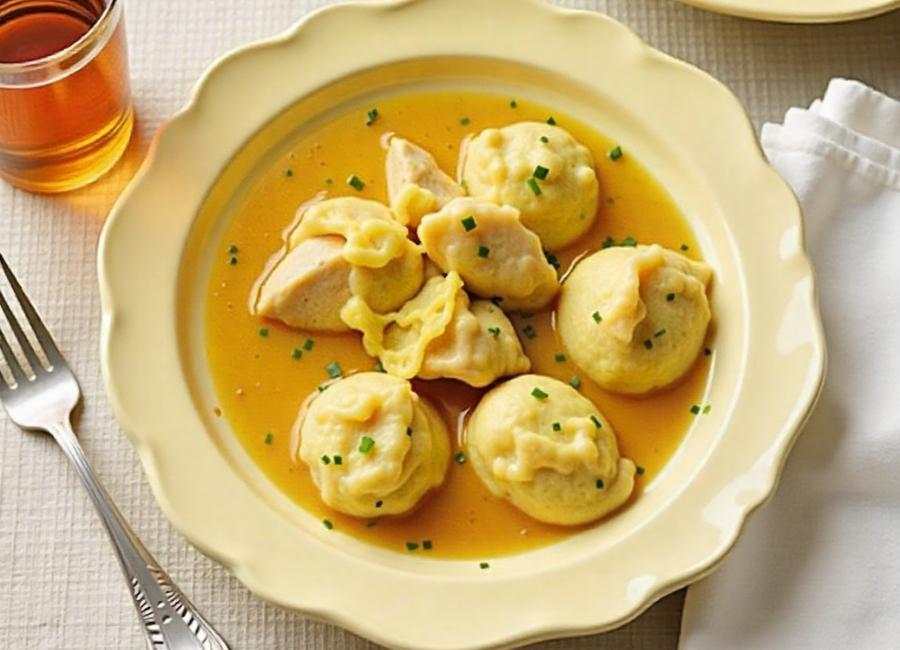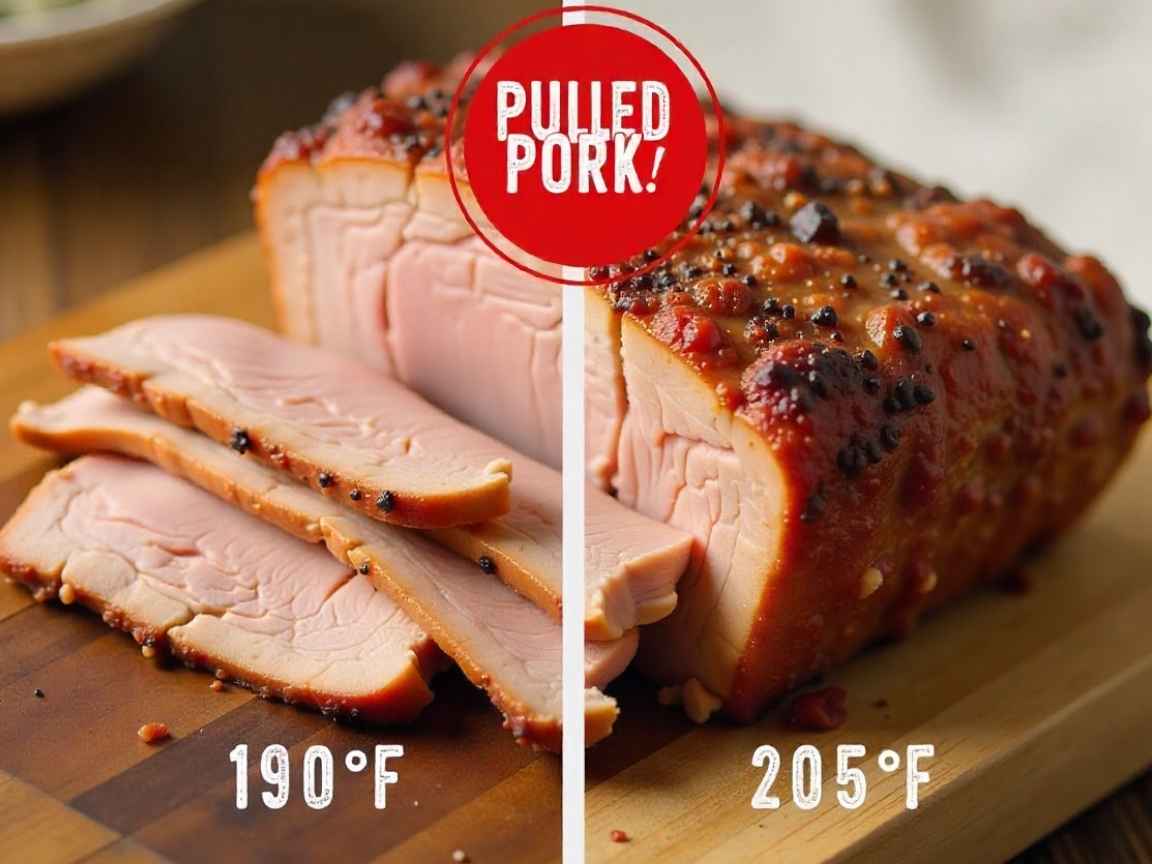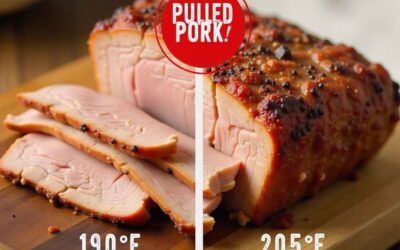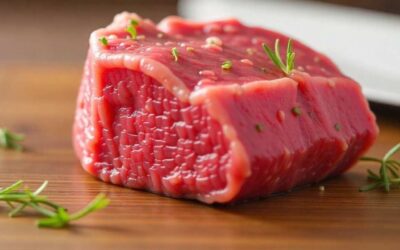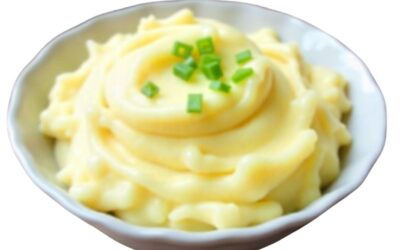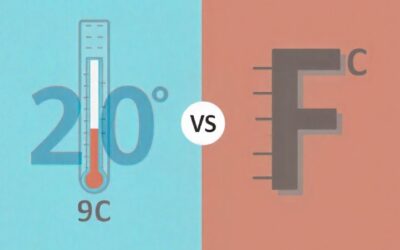When it comes to smoking a brisket, every pitmaster knows that taking it from good to great lies in the subtle details. One of the most debated techniques in barbecue circles is when to wrap a brisket. Wrapping can mean the difference between a moist, flavorful BBQ masterpiece and a dry, overcooked disappointment. Whether you’re a seasoned grill enthusiast or a beginner looking to elevate your smoking game, this guide will break down everything you need to know about wrapping a brisket.
What Does Wrapping a Brisket Mean?
Wrapping a brisket refers to covering the meat with a material, such as foil or butcher paper, during the smoking process. This technique locks in Moisture, preserving the brisket’s tenderness while also helping to speed up the cooking process. It’s often referred to as the “Texas Crutch” due to its popularity among Texas pitmasters, who swear by it for consistent results.
There are two popular methods for wrapping:
- Foil Wrapping: Creates a tightly sealed environment, trapping steam for maximum tenderness.
- Butcher Paper Wrapping: Allows some airflow, creating a balance between tenderness and maintaining a smoky bark.
Wrapping is a personal preference, and it’s essential to experiment and find the method that works best for you and your desired results.
Why Wrapping Matters

The wrapping technique serves several purposes:
- Keeps Moisture Inside: Brisket is a tough cut of meat, and slow smoking can cause it to dry out. Wrapping helps prevent this by locking in the juices.
- Gets Through the Stall: During the cooking process, the brisket hits a “stall” where the internal temperature plateaus (typically around 150°F to 170°F). Wrapping helps push past the stall faster.
- Preserve the Bark: Done correctly, wrapping protects the bark from over-drying, ensuring that it has a perfect, crispy exterior.
But knowing when to wrap is just as crucial as wrapping itself. Too early, and you risk the bark becoming soggy. Too late, and the meat might dry out.
The Best Time to Wrap Brisket
The best time to wrap a brisket is when the internal temperature reaches 150°F to 170°F. At this stage, the meat is typically in the stall phase. Wrapping it now will help lock in Moisture while preventing it from drying out. Here’s how to identify the right moment:

1. Check the Temperature
Invest in a reliable meat thermometer. The brisket should be wrapped when it reaches between 150°F and 170°F. This range ensures the meat has absorbed enough smoke for a rich flavour but hasn’t yet started to dry out.
2. Look at the Bark
A visual inspection works wonders. Look for a dark, crusty bark on the surface of the brisket. If the bark looks firm and holds its shape when tapped, it’s ready. Wrapping too soon can ruin the bark by softening it.
3. Use the Stall as Your Cue
The “stall” happens as evaporative cooling slows the cooking process, causing the brisket’s internal temperature to plateau. If your brisket’s temperature hasn’t increased for about an hour, it’s a sign to wrap it.
How to Wrap a Brisket the Right Way
There are two primary materials you can use to wrap your brisket, and each has its pros and cons:
Wrapping with Foil
Wrapping the brisket in foil creates an airtight seal, allowing it to cook faster and retain its juices. This method is ideal for those who prioritise tenderness but are less concerned with maintaining a crispy bark.
Steps to Wrap with Foil:
- Tear off a large sheet of heavy-duty aluminium foil.
- Place the brisket in the centre and fold the foil tightly around it, ensuring there are no gaps.
- Return the brisket to the smoker and continue cooking until it reaches the desired internal temperature (typically 200°F-205°F).
Pros of Foil Wrapping:
- Locks in Moisture completely.
- Speeds up the cooking process.
- Tender and juicy results.
Cons of Foil Wrapping:
- It can soften the bark.
- Less smoky flavour.
Wrapping with Butcher Paper

Butcher paper, often pink and food-safe, is a favourite among traditional pitmasters. It allows some steam to escape, striking a balance between retaining Moisture and preserving the bark.
Steps to Wrap with Butcher Paper:
- Lay out a large sheet of butcher paper.
- Center the brisket and wrap it tightly, folding the edges over to prevent leaks.
- Place the wrapped brisket back in the smoker and continue cooking.
Pros of Butcher Paper Wrapping:
- Retains some moisture while preserving the bark.
- It allows for more smoke penetration, adding extra flavour.
- It offers an excellent balance of tenderness and texture.
Cons of Butcher Paper Wrapping:
- Requires practice to wrap tightly and prevent leaks.
- It doesn’t lock in Moisture as effectively as foil.
What Happens If You Don’t Wrap?
Skipping the wrapping process is a valid choice, especially for those who prefer a crunchier, smokier bark. However, this method, often referred to as “naked brisket,” can result in a drier final product, especially for beginners who haven’t perfected their smoking techniques. If you choose not to wrap, be sure to monitor the brisket closely and spritz it regularly with apple juice, water, or beef broth to maintain Moisture.
After Wrapping Comes Resting

Once your brisket has reached its ideal internal temperature of 200°F–205°F, it’s time to remove it from the smoker. But don’t slice into it just yet! Resting the brisket is essential to allow the juices to redistribute, ensuring every bite is tender and flavorful. Wrapped briskets are even easier to sleep, as the foil or butcher paper keeps the heat in. Rest the brisket for at least 1 to 2 hours before slicing.
Wrapping Mistakes to Avoid
- Wrapping Too Soon: Wrapping before the bark forms leaves you with a soggy exterior.
- Using the Wrong Paper: Avoid wax paper or generic materials. Use only pink butcher paper or food-safe foil.
- Skipping the Seal: Ensure there are no leaks in your wrapping to prevent heat and juices from escaping.
Perfect Your Smoking Skills
Wrapping a brisket doesn’t have to be intimidating. By following these tips and timing it just right, you’ll consistently produce moist, tender briskets with a flavorful bark every time.
Now that you know when to wrap a brisket like a pro, why not put these techniques to the test? Mastering the art of barbecue takes practice, but the results are always worth it. Get your smoker started, and don’t forget to enjoy the process.











